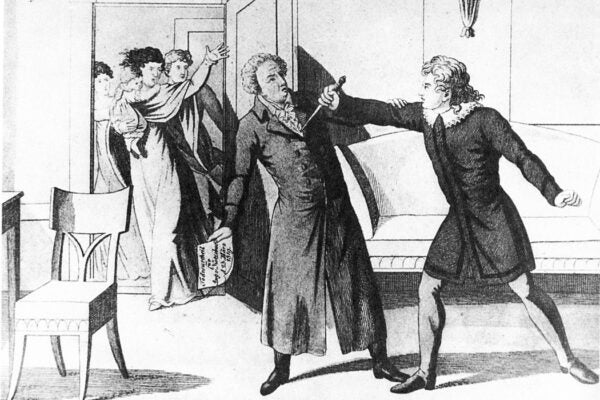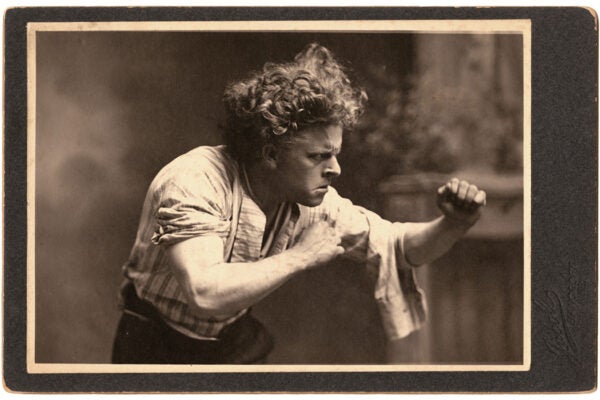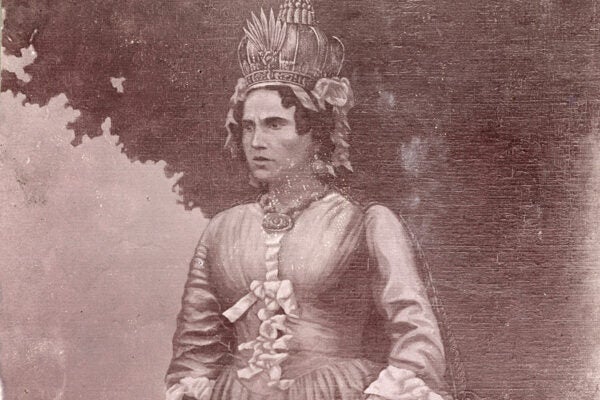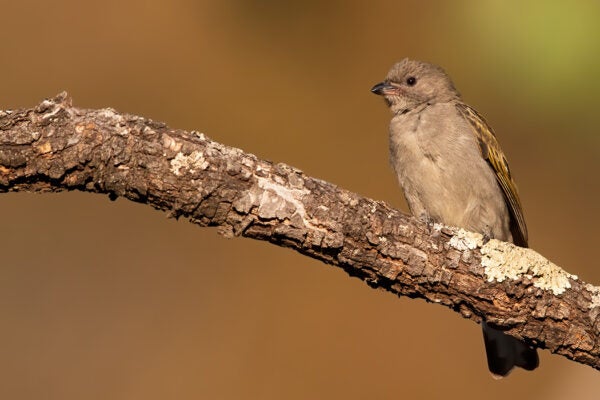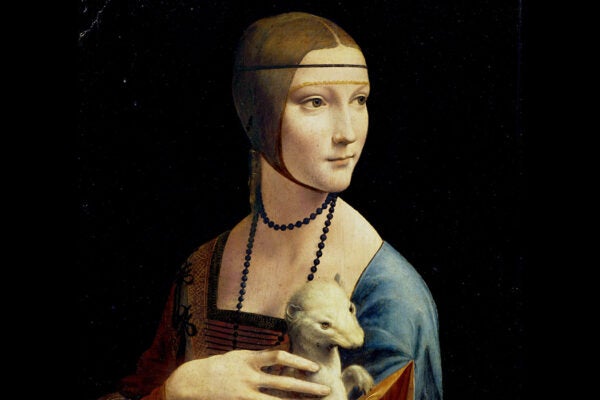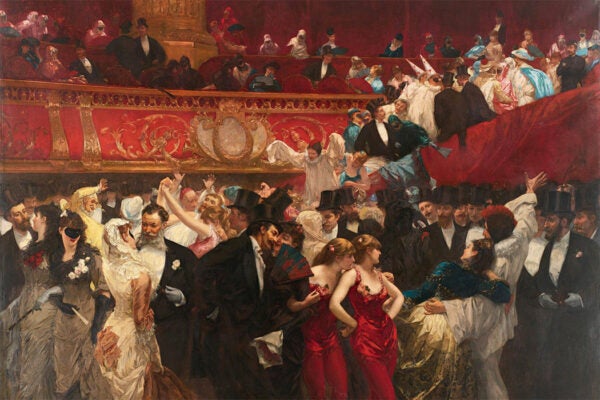Assassination of A Playwright, Birth of A Nationalism
The 1819 assassination of playwright August von Kotzebue by theology student Karl Sand is considered one of foundational moments in German nationalism.
New Paper Argues That the Universe Began with Two Big Bangs
Bang bang all over the Universe.
A Tale of Two Visionaries
What roiled the mind of Nebraska poet John Neihardt with whom Black Elk, the iconic Lakota holy man, shared his story?
How Madagascar’s Queen Ranavalona Helped Define Queen Victoria
In the nineteenth century, Queen Ranavalona became a foil to Queen Victoria, her “savage” queenship held in contrast to that of the “civilized” female monarch.
The Lasting Influence of Denise Scott Brown
Recognizing Scott Brown’s work is necessary for understanding American architecture in the second half of the twentieth century.
Honeyguides, Transparent Wood, and Legends of Zelda
Well-researched stories from NPR, Black Perspectives, and other great publications that bridge the gap between news and scholarship.
Teaching Summary Skills with JSTOR Daily
Helping students to summarize scholarly works starts with getting them to ask the right questions about the material and the purpose of the exercise.
Conflict Archaeology in Normandy
The light management of forests in Normandy since WWII helped preserve the remains of German supply depots and other artifacts of war hidden in the woodlands.
Lady with an Ermine Meets Nazi Art Thief Hans Frank
Leonardo da Vinci’s famous painting bore witness to the administrative acts that enabled the crimes committed against Polish Jews during World War II.
Paris’s Wild Costume Balls
As urban growth brought rich and poor Parisians closer together in the 1830s, masked balls encouraged class mixing and costumes that crossed gender lines.
